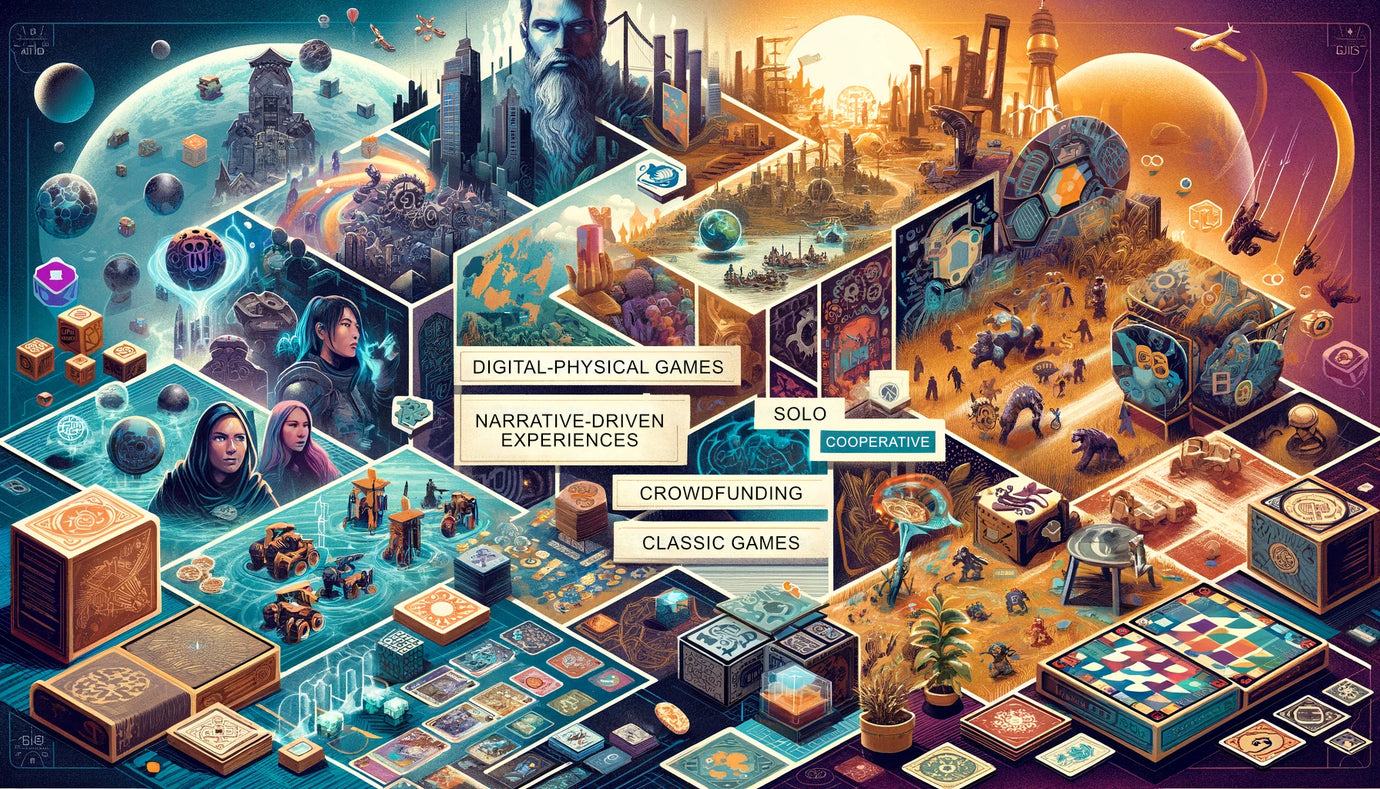Playtesting: How to Effectively Test Your Game

Introduction
Playtesting is an essential phase in the game design process. It's the practice of testing a game for functionality, balance, and player enjoyment before final production. Effective playtesting can provide invaluable insights, helping to refine and improve the game. This blog post will guide you through the process of effectively playtesting your game, ensuring that it is not only functional but also engaging and enjoyable.
Understanding the Importance of Playtesting
Playtesting is crucial because it exposes a game to a variety of perspectives and playing styles. It helps identify issues with game mechanics, balance, and clarity of rules, and assesses the overall enjoyment of the game.
1. Preparing for Playtesting
Define Objectives: Before playtesting, know what you want to achieve. Are you testing specific mechanics, the overall balance, or the clarity of the rules?
Create a Prototype: Ensure you have a playable prototype. It doesn’t need to be polished but should be functional.
Document the Rules: Have a clear, written set of rules. Playtesters should rely on these rather than verbal explanations.
2. Choosing the Right Playtesters
Diverse Group: Select a diverse group of playtesters. Include people who are representative of your target audience as well as those who can offer a different perspective.
Different Skill Levels: Include players of various skill levels, from beginners to experienced gamers.
3. Conducting the Playtest
Setting the Environment: Create a conducive environment for playtesting. Ensure it’s free from distractions and comfortable.
Observation: Observe the playtest without interfering. Take notes on how players interact with the game and with each other.
Recording Sessions: If possible, record the playtesting sessions. Videos can be invaluable for reviewing specific details later.
4. Gathering Feedback
Structured Feedback: Use structured forms or surveys to gather feedback. This ensures you cover all aspects of the game you need insights on.
Open-Ended Questions: Encourage open-ended feedback to capture players' thoughts and feelings that might not be covered in a survey.
Specific Areas: Ask for feedback on specific areas of interest, like the game’s difficulty, pace, and enjoyment.
5. Analyzing the Feedback
Identify Patterns: Look for patterns in the feedback. If multiple playtesters mention the same issue, it’s likely an area that needs attention.
Balancing Opinions: Balance subjective opinions with objective observations. Not all feedback will be relevant or useful.
Prioritizing Changes: Decide which feedback to act on. Prioritize changes that will have the most significant impact on improving the game.
6. Iterative Testing
Multiple Rounds: Playtesting is an iterative process. Conduct multiple rounds of testing, especially after making significant changes.
Test Small Changes: If you make changes, test them in isolation to understand their impact clearly.
Continuous Improvement: Use each round of playtesting as an opportunity to refine and improve the game.
7. Late-Stage Playtesting
Near-Final Prototype: Once the game is nearing completion, conduct playtests with a prototype that is close to the final version.
Focus on Fine-Tuning: At this stage, focus on fine-tuning. Pay attention to minor details that can enhance the overall experience.
8. Using Blind Playtesting
Blind Playtesting: Once your game is well-developed, use blind playtesting, where players test the game without any guidance from the designer. This tests the clarity of your rules and the game's accessibility.
9. Responding to Feedback
Adapt and Evolve: Be prepared to make tough decisions. Sometimes feedback may require significant changes to your game.
Stay True to Your Vision: While feedback is crucial, ensure the changes align with your game’s core vision and objectives.
10. Finalizing the Game
Final Adjustments: After thorough playtesting and adjustments, finalize your game. Ensure that all components, rules, and mechanics are polished.
Acknowledging Contributors: Consider acknowledging your playtesters' contributions. Their feedback was instrumental in refining your game.
Effective playtesting is a crucial step in the game design process. It provides essential insights into how your game functions and is perceived by players. By carefully preparing for playtesting, choosing the right testers, gathering and analyzing feedback, and iterating on your design, you can significantly enhance the quality and enjoyment of your game. Remember, a well-playtested game is more likely to succeed and be enjoyed by its players.








